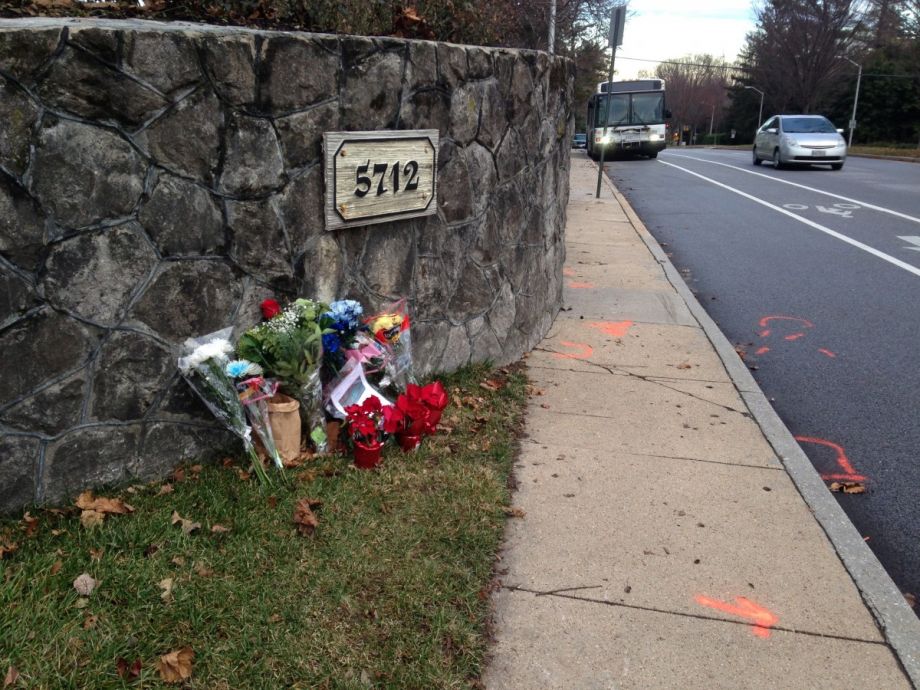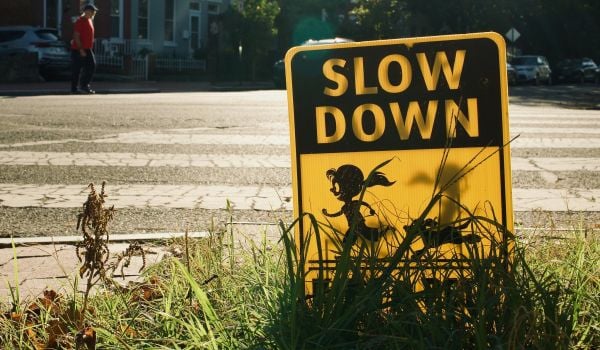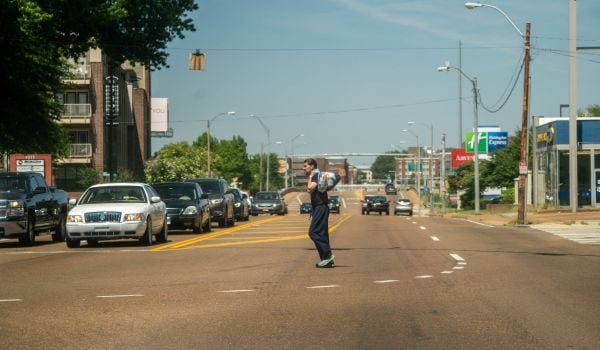In December 2014, U.S. Representatives Rick Larsen, Eleanor Holmes Norton and Peter DeFazio voiced concern that the number of pedestrians and bicyclists in the U.S. being seriously injured or killed was on the rise, while traffic deaths and injuries as a whole were declining. More specifically, they worried that over-engineered roads meant to help cars move faster were a leading cause. To see if their suspicions were true, they commissioned a Government Accountability Office study.
The GAO’s resulting report, released earlier this month, is a snapshot of who’s getting hurt and killed (mostly men in cities), why they’re getting hurt and killed (distracted driving, alcohol, road engineering), and the barriers to improving the situation for bikers and walkers (funding, lack of design standards, lack of data).
“No surprises came out of the report,” says Larsen. “It shows that road design contributes to increasing bicycle and pedestrian injuries and underscores the lack of national, state and local data related to bicycle and pedestrian projects.”
To compile the report, GAO looked at 2004-2013 data from the National Highway Traffic Safety Administration’s (NHTSA) and National Automotive Sampling System, and 2005-2013 Census data. They interviewed officials from Austin, Jacksonville, Minneapolis, New York City, Portland, San Francisco and Washington, D.C. They also talked to U.S. DOT staff, officials from California, Florida and New York, and people at 22 bicycle and pedestrian advocacy organizations.
In the period from 2004 to 2013, total traffic fatalities decreased by about 24 percent. But the number of bicyclist and pedestrian deaths increased from 1.9 and 10.9 percent of total traffic fatalities to 2.3 and 14.5 percent of the total, respectively. Part of that increase can simply be attributed to there being over a million more people commuting by foot and bike now than there were a decade ago.
But beyond simply being more people around to hit, the report shows that alcohol and distracted driving are major factors in road fatalities. Looking at the pedestrian fatalities in 2013, the drivers involved had a blood alcohol content of .08 percent 15 percent of the time, the pedestrians 34 percent of the time. In 6 percent of those cases, both the driver and pedestrian had a .08 percent BAC. For fatal bike-car crashes, drivers were legally intoxicated 12 percent of the time and the bicyclists 20 percent of the time.
In 2013, crashes from distracted driving led to the deaths of 480 bicyclists, pedestrians and other non-motorists, which is about 15 percent of the total distracted driving deaths for the year. The report does not have statistics about distracted walking and biking, but notes it could be a factor.
The report provides surprisingly little data on how much road design contributes to pedestrian and bicyclist deaths, despite being the central question behind its commissioning.
GAO says, “According to Federal Highway Administration (FHWA) officials, the purpose and goal of street design in the United States for decades was, in general, to move motor vehicles from their origins to their destinations as expeditiously as possible, and this design may have overlooked the needs of pedestrians and cyclists.”
They also acknowledge, “Wider, straighter highways could lead to motorist speeding, which not only increases the likelihood of crashes with a pedestrian or cyclist, but also the probability that those crashes will cause death or a serious injury.”
Caron Whitaker, League of American Bicyclists’ vice president of government relations, says it’s one of the shortcomings of the report. “We had hoped the report would have addressed the 85 percent rule — the common road engineering standard that sets speed limits at the rate 85 percent of drivers would use under regular conditions.”
Similarly, Larsen says he would have liked to see the report dig more deeply into road design issues.
Part of the reason there’s little data in the report about how road design is killing bicyclists and pedestrians is that there’s been very little collected about bike and ped fatalities in general. GAO says one of the major barriers to improving road design is a lack of data with which to benchmark safety work.
Larsen says the GAO report will help move the issue forward though. He explains, “The report is another step toward understanding safety issues for cyclists and pedestrians and taking action to protect these road users.”
And though Whitaker is disappointed in the lack of information about design and speed and the report’s lack of policy recommendations, she says, “The League very much appreciates Reps. Larsen, DeFazio and Norton asking for this report and asking the question of why these fatalities were rising.”
The GAO highlighted several federal efforts to improve bicyclist and pedestrian safety including the U.S. DOT’s Safer Streets, Safer People pilot program that’s partnering with state and local DOTs to provide more safety resources. FHWA recently launched a data collection pilot program that provided technical support and grants to 10 metropolitan planning organizations.
But Larsen wants to see more action and more funding for safety initiatives. He plans to use this report as a jumping-off point to introduce a new measure next year that would require more national-level data collection about bicycle and pedestrian safety.
“We need to think about bicyclist and pedestrian safety more holistically,” Larsen explains. “The federal government can do more to help fund well-planned, well-thought-out bike-ped safety projects. The U.S. DOT can help better define how to address safety by providing more data on a national level. FHWA ought to be thinking about road design standards and improvements for keeping all road users safe, including bicyclists and pedestrians.”
The Works is made possible with the support of the Surdna Foundation.

Josh Cohen is Crosscut’s city reporter covering Seattle government, politics and the issues that shape life in the city.
Follow Josh .(JavaScript must be enabled to view this email address)

















